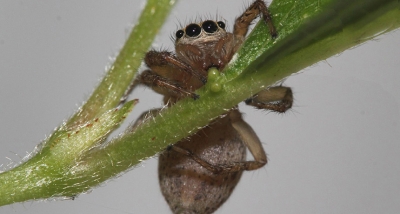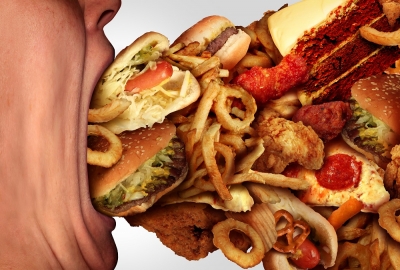
To fight climate change, countries and organisations around the world have launched ambitious tree planting initiatives. India has pledged to get 33% of its geographical area under forest cover by 2022, Compared to the existing 24%. The United Nations launched the Bonn Challenge to bring 150 million hectares of degraded and deforested land into restoration by 2020 and 350 million by 2030. More than 74 governments, private associations and companies have pledged over 210 million hectares to the Challenge.
Trees are essential to life on Earth. They provide a home to plants and animals, soak up carbon dioxide, and provide food, fuel and medicines. Scientists have claimed that planting billions of trees could remove two-thirds of all the carbon dioxide created by human activity. Although such tree-planting initiatives could take a hundred years to be fully effective in addressing climate change, along the way they would reduce the consequences of the climate crisis - protecting soil from erosion, reducing the risk of flooding and providing habitats for a vast range of animals and plant species.
Tree planting is, indeed, a brilliant solution to tackle climate change and protect biodiversity. But the idea should not be to fill every available space with trees. Species need to be chosen carefully to ensure they grow well. Planting the right trees in the right place is crucial, say scientists. Otherwise, the entire exercise could become futile.
Scientists have recently proposed 10 golden rules for tree-planting, in a study published in the journal Global Change Biology. They say must be a top priority for all nations this decade. They are:
Protect existing forest: Stopping deforestation and protecting existing trees should also be part of the plan. Intact, old forests are better at soaking up carbon due to their complex structure. The old large trees are more resilient to fire and drought.
Make local people integral to the project: For successful outcomes in both forest protection and reforestation, it is vital to include local communities from the planning stage through to delivery and monitoring.
Maximise biodiversity recovery to meet multiple goals: Reforestation is a means to achieving various goals, typically climate-change mitigation, biodiversity conservation, socio-economic benefits (including food security), soil and hydrological stability and other ecosystem services.
Select appropriate areas for reforestation: Avoid previously non-forested lands and connect or expand existing forest, rather than using other natural habitats such as grasslands or wetlands.
Use natural regeneration wherever possible: Natural regeneration can be cheaper and more effective than tree planting. Work towards low intervention, including protection from further damage such as grazing or fire, and rewilding, which includes the selective reintroduction of missing fauna to restore natural processes.
Select the right species to maximize biodiversity: Where tree planting is needed, picking the right trees is crucial. Scientists advise a mixture of tree species naturally found in the local area, but avoiding trees that might become invasive.
Use resilient plant material: To ensure the survival and resilience of a planted forest, it is vital to use material with appropriate levels of genetic diversity, consistent with local or regional genetic variation.
Plan ahead: From seed collection to tree planting, develop the required infrastructure, capacity and seed supply system well in advance.
Learn by doing: Planning decisions should be made by combining both scientific and indigenous knowledge. Ideally, small-scale trials should be implemented before large-scale tree planting commences, to test the effectiveness of proposed techniques.
Make it profitable: The sustainability of tree re-planting rests on a source of income for all stakeholders, including the poorest.
Picture Credit : Google














